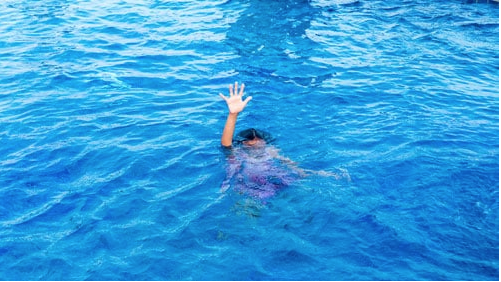With the knowledge that a child can drown in as little as one inch of water, it is important that parents recognize the risks their children face both at the pool and around the home. Bathtubs, toilets, sinks, buckets, inflatable pools and backyard swimming pools all present risks to your children, resulting in nearly 1,000 deaths per year due to accidental drowning. All it takes is moments for a child to drown, so even a very minor lapse in judgement can be catastrophic. This is why prevention is the best tool for addressing this issue.
Drowning Hazards in and Outside of the Home
When thinking of drowning prevention, most people think about swimming pools, lakes and other bodies of water. However, many of the drowning deaths reported each year occur inside the home when a child is left unattended or gains access to an object or device filled with water. These hazards include the following.
- Bathtubs— in the case of accidental drownings in bathtubs, most parents step out for only a few moments and their child is submerged during that brief period. For this reason, it is suggested that you never leave a child under the age of five unsupervised in a tub, even for a moment. You simply should not leave the room with your child still in the tub.
- Toilets— curious toddlers may find themselves wandering into a bathroom and climbing on the toilet bowl. If they fall in headfirst and get stuck, they can quickly drown in the toilet water. To avoid this, make sure that you keep bathroom doors closed so that young children cannot gain entry and be aware of where your child is at all times.
- Buckets— we rarely see a bucket used to mop the floors as a drowning hazard, but for a young child, it is accessible and filled with enough liquid to cause drowning if the child falls into the bucket by accident. If you are using a bucket, make sure it is out of your child’s reach and that you store the empty bucket somewhere your child cannot access.
- Inflatable pools— it is possible for small children to get stuck inside of an inflatable pool and if they are unable to climb out, they may drown.
- Pools and lakes— while pools and swimmable lakes provide recreation and exercise, it is important that you always supervise your children and teach them safe practices. You can begin with swimming lessons so that they possess the skills needed to survive in the water and then instruct them on other precautionary measures such as not running near the pool, not rough housing with other swimmers and only swimming with the supervision of an adult.
Drowning Prevention for Pools
Whether public or private, all pools should be encircled with a fence to keep children from wandering into the pool when unsupervised. It is also important that walking surfaces around the pool be composed of material that provides adequate traction to reduce the chance of slips or falls. Most importantly, it is important that you or whoever is supervising is aware of the signs of drowning and can perform CPR in the event of an emergency. These signs include the following.
- The child’s mouth is open and his or her head is either low in the water or tilted back.
- The child has stopped using his or her legs to tread water.
- You notice that the child is gasping or struggling for air.
- Efforts to swim are resulting in no successful progress. The child is attempting to swim in one direction, but is either stuck where he or she is or drifting the opposite way.
Children under the age of five should not be allowed to swim without personal floatation devices. Even while swimming with these devices, it is possible for children to drown, so parental supervision remains paramount in the prevention of drowning for this age group.
One of the most valuable prevention measures you can take is to learn CPR and to take a lifeguarding course. Since time is critical in preventing brain damage once a child has begun to drown, being able to perform CPR quickly may limit the severity of any injuries your child suffers due to accidental drowning.
This article written by Jonathan Rosenfeld is lifted from Rosenfeld Injury Lawyers.
